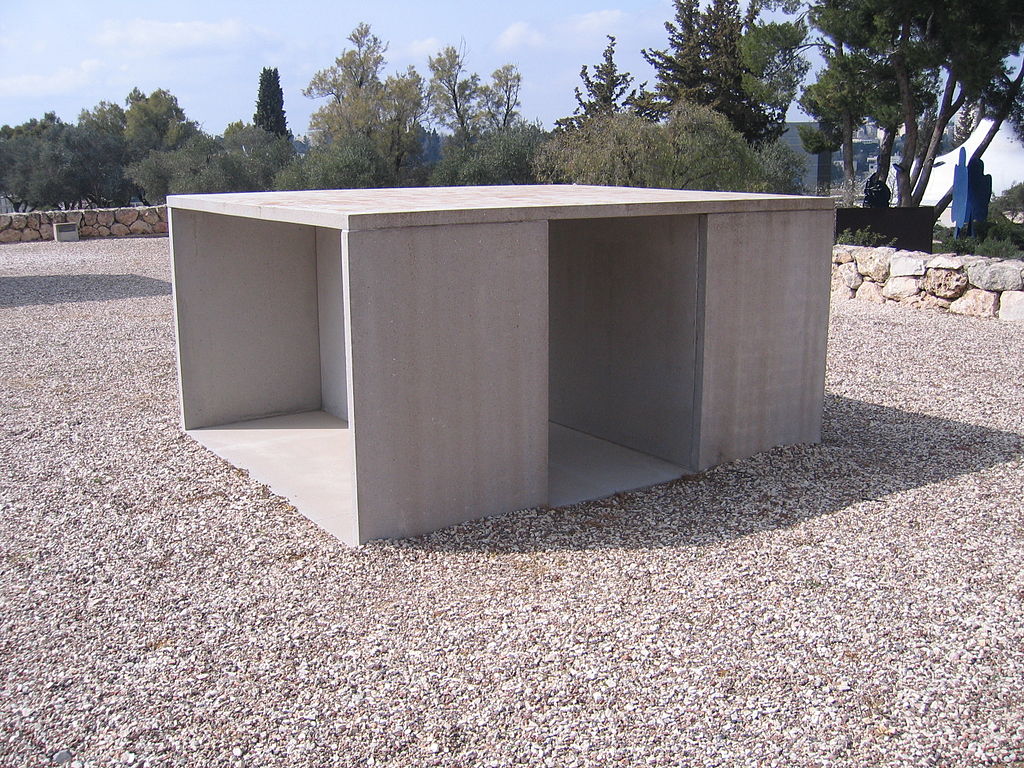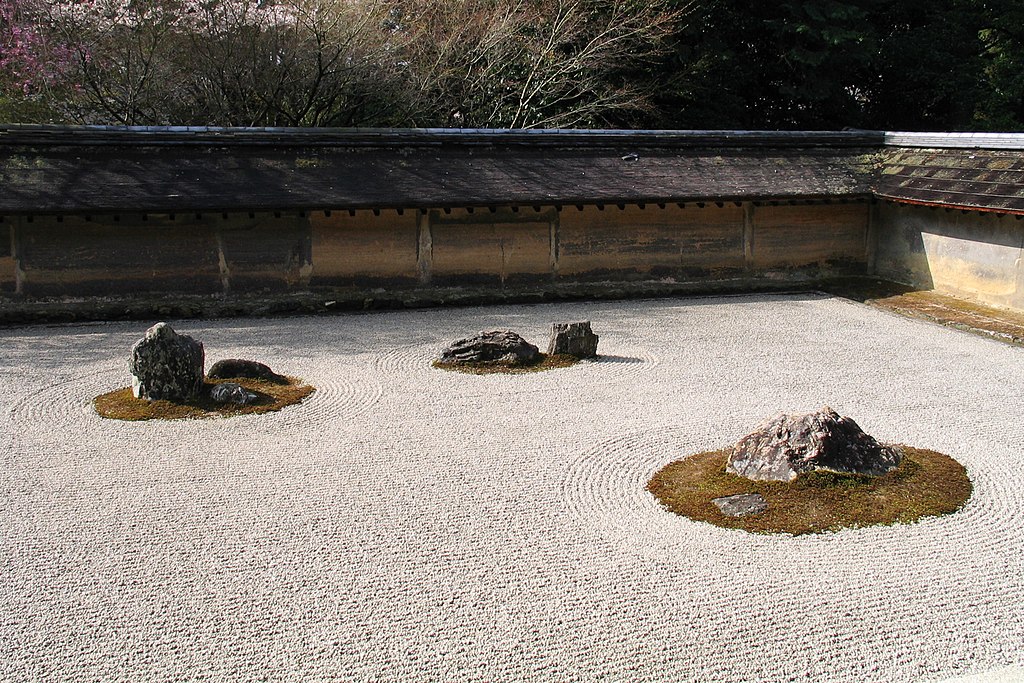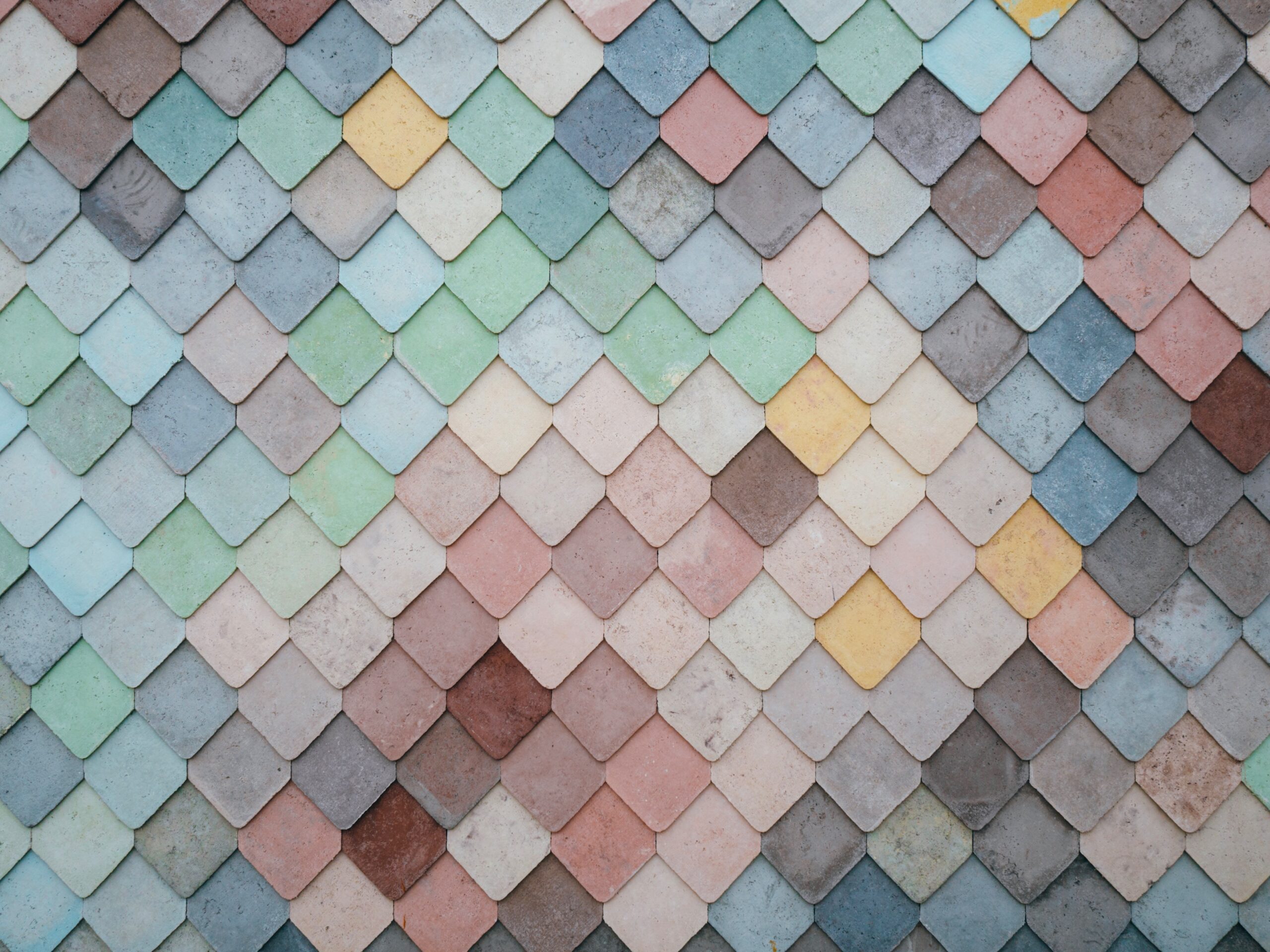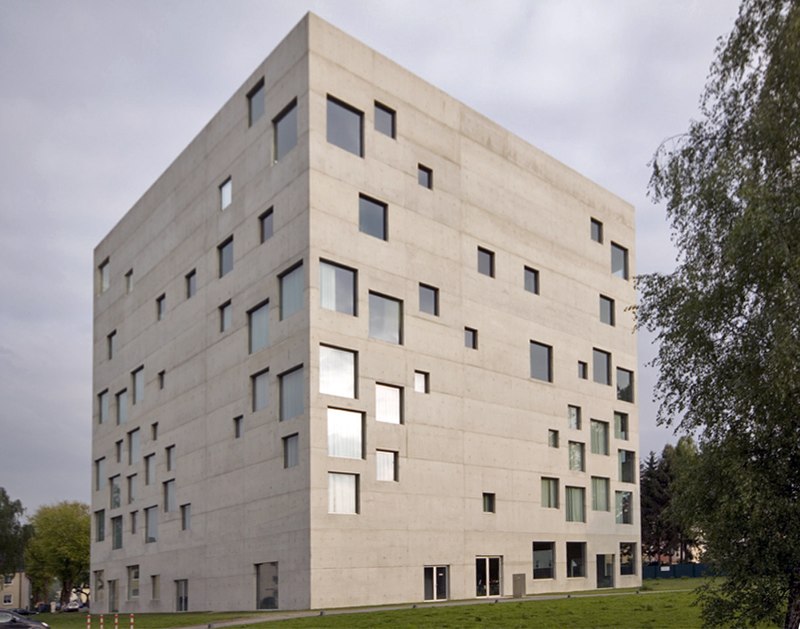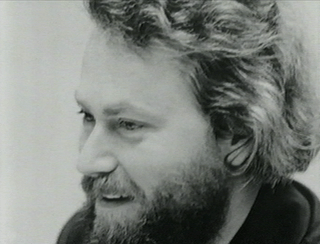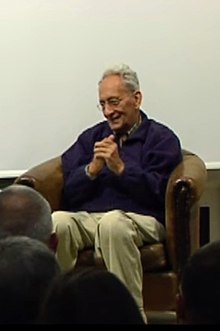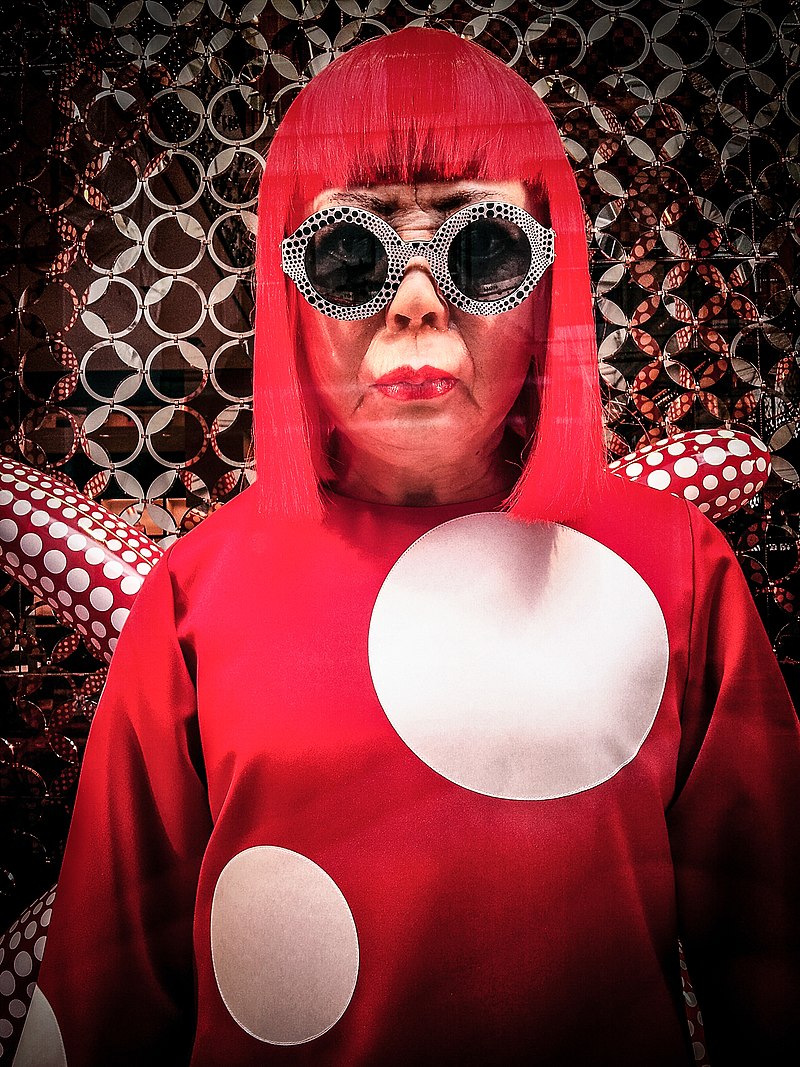The beauty of minimalist art is communicated through its singularity and simplicity. Similar to minimalism, the emphasis is on the basics of this artwork, which can be pictures, sketches, paintings, or even sculptures.
Minimalist art, which emerged in the 1950s and contrasts sharply with abstract expressionism, is defined by a simple element concentration, geometric forms, few colors and lines, and a general lack of emotion.
What Exactly Is Minimal Art?
A variety of media, including sculpture, paintings, drawings, and photography, fall within the category of minimalist art. It is distinguished by clear, uncluttered lines, a touch of color, and lovely patterns. Minimalist art is not a copy of anything else; it is its own reality. Concepts, shapes, and characteristics are all crucial in minimalist art.
The Development of Minimalist Art
Around the 1950s, the idea that art had grown excessively scholarly and dull gave rise to minimalist art. New York City was the birthplace of this movement, which by 1980 had spread throughout America and Europe thanks to the efforts of art dealers, museum curators, and patrons, and was a movement to move away from abstract expressionists and fine art in order to create geometric, sleek, and purposeful art.
Identifying Features of Minimalist Art
Because it emphasizes the basics and finds beauty in simplicity, minimalist art is particularly distinctive. The following are characteristics of minimalist art:
- Concentrates on the fundamentals
- The use of geometric shapes and motifs repeatedly
- Simple shapes and lines
- Smooth and finished with no discernible brushstrokes
- Fewer or monochromatic colors
- Without feeling
- Calm and introspective
Contrast this with abstract expressionism, which emphasizes individual expression, a wide range of colors and forms, texture, and the lack of instantly recognizable things. While abstract expressionism is very passionate and expressive, minimalism lacks emotion.
Aesthetics of Minimalist Art
Appreciating art in its purest, most basic form is what makes minimalist art so appealing. Nothing is extra, it’s all visual, and what you see is all that matters. Nothing non-essential, nothing non-essential, nothing symbolism, nothing is a hidden meaning. Minimalist art is wonderful because it is just what it is; you don’t need to interpret it in any way.
Minimalist Abstract Art
The extreme abstract art form known as abstract minimalism, which first appeared in the 1960s, is characterized by its use of basic shapes like squares and rectangles as well as muted colors. Abstract minimalist art is renowned for its pristine beauty, simplicity, and integrity to form, living up to its minimalist moniker. Contrary to modern abstract minimalism, a significant portion of this art form’s works from the 1960s are defined by the use of straight, black lines.
Exactly Why was Minimalist Art Made?
Minimalism was an artistic movement that sought to study an art form’s fundamental components in both music and the visual arts. In minimalist visual arts, the subjective, gestural components were removed to highlight the merely visible, objective components of painting and sculpture.
What Did Minimalist Artists Intend to Reference with their Work?
The minimalists held that a piece of art should not make any references to anything else. In other words, minimalist art was produced solely for aesthetic purposes and was intended to be as emotionally disassociated from its creator as possible, ideally devoid of any external messages, intentions, or meanings.
Why did Minimalism Become a Popular Art Form?
Early 1960s artists in New York who were deliberately rejecting contemporary art they believed had grown stale and academic gave birth to minimalism. Younger artists began to rethink traditional distinctions between different mediums as a result of a flood of new influences and rediscovered forms.
What Were the Sources of Minimalist Architecture?
Minimalist architecture was born from the Bauhaus and De Stijl movements of the 1920s, which were inspired by Cubism. Minimalism was seen by designers like Ludwig Mies van der Rohe as offering the strongest support for architectural space.
What Impact did Minimalism Have on Society?
The Power of Minimalism – Minimalism is, first and foremost, a paradigm change. Its main impact is to influence individuals to think, see, and act differently—away from materialism and toward more fulfilling experiences in life. Life, both generally and in the daily grind, is redefined by minimalism.
When Did Minimalism Start to be Popular?
Less is more may sound like a cliche, but that is the fundamental tenet of the minimalist design movement. Having just really taken off as a design style in the late 1960s and early 1970s, notably with American visual art, minimalism is still very young.
What Distinguishes Minimalistic Art?
Minimalist art is characterized by the use of geometric forms, sparse use of color, the use of common materials, and an emphasis on the object rather than emotion.
What Exactly is Minimalist Design?
Simple, clean lines, a monochromatic color scheme, and the use of color as an accent are characteristics of minimalist design. It typically incorporates an open floor plan, plenty of light, and practical furniture while concentrating on the shape, color, and texture of only a select number of crucial components.
Renowned Minimalist Artists
It’s important to look into some of the most well-known minimalist artists at this stage in order to understand their artistic goals.
Donald Judd
American artist Donald Judd (1928–1994) was thought of as a minimalist, though he disagreed. Bright colors, boxes, and rectangular forms, as well as straightforward line drawings, are characteristics of his work. As a participant in the group show “Primary Structures” in New York in the 1960s, Judd’s career first gained widespread attention. In contrast to his earlier works, which were completely black in the late 1980s, his later works began to use vibrant colors in the early 1990s.
Frank Stella
Black stripes in his paintings in 1959 brought American artist Frank Stella (1936–) instant fame. Over the years, Stella’s work has grown increasingly complex and dynamic, and he is renowned for his artistic experimentation. His minimalist work causes the observer to see a 3D space through his 2D paintings. Stella focuses on fundamental components and hues to produce symmetrical patterns and visual effects.
Minimalist art does not imitate anything else; it is a reality unto itself.
Yayoi Kusama
Japanese artist Yayoi Kusama (1929-) created works in sculpture, painting, cinema, and other media. As a young artist who was greatly influenced by Georgia O’Keeffe, Yayoi Kusama worked in watercolors and later contributed to the development of pop art with her often polka-dotted works. She aggressively makes sculptures, clothing, and paintings that blend pop art and minimalism while being highly expressive in her work.
Ellsworth Kelly
Ellsworth Kelly (1923-2015), an American sculptor and painter, used minimalist approaches in his works to emphasize the importance of form, line, and color. In 1956, he had his first art show in New York City, and the European-influenced paintings he displayed there helped him stand out from other American painters. Kelly’s works were distinguished by his use of reductive art on canvases with asymmetrical angles and gridwork. Some of his paintings employ a strategy of finding images rather than creating them, emphasizing the form of the canvas rather than the paint.
Josephine Gail Baer
Josephine Gail Baer (born August 7, 1929) is a minimalist painter from the United States. In the mid-1960s, she began exhibiting her work at the Fischbach Gallery in New York and other contemporary art venues. She abandoned non-objective painting in the mid-1970s. Baer has since fused images, symbols, words, and phrases in a non-narrative manner, a mode of expression she once referred to as “radical figuration.” She currently lives and works in Amsterdam, Netherlands.
Conclusion
Minimalism, or minimalist art, can be seen as extending the abstract idea that art should have its own reality and not be an imitation of something else. We usually think of art as representing something in the real world (a landscape, a person, or even a tin of soup!) or as reflecting an experience such as an emotion or feeling. Minimalism makes no attempt to represent an outside reality; instead, the artist wants the viewer to respond only to what is in front of them. Reality is the medium (or material) from which it is made and the form of the work.
Minimalist art provides a highly purified form of beauty. It can also represent truth (because it does not pretend to be anything other than what it is), order, simplicity, and harmony.


